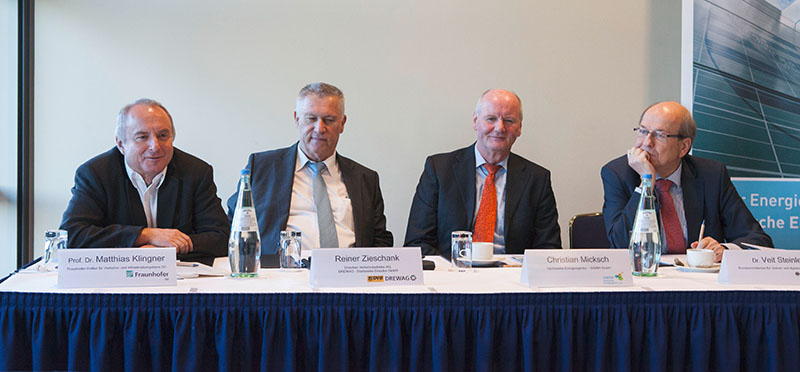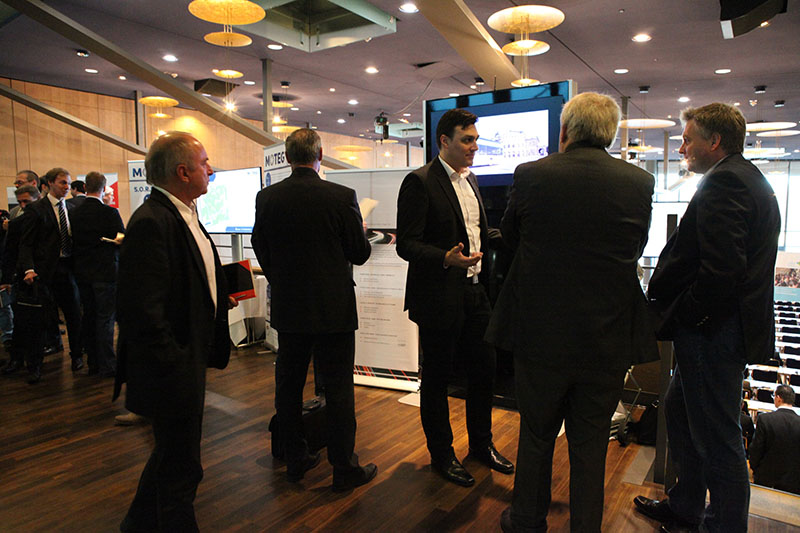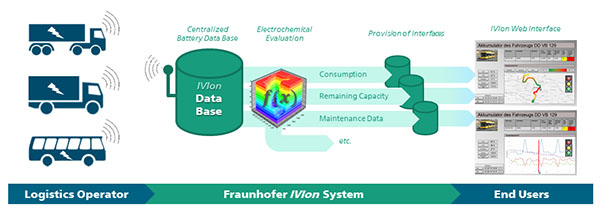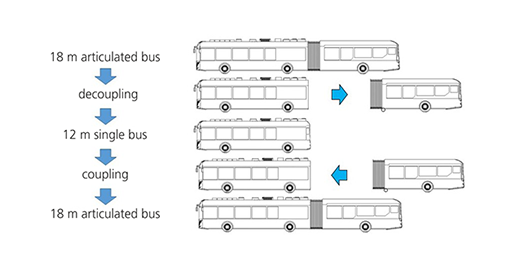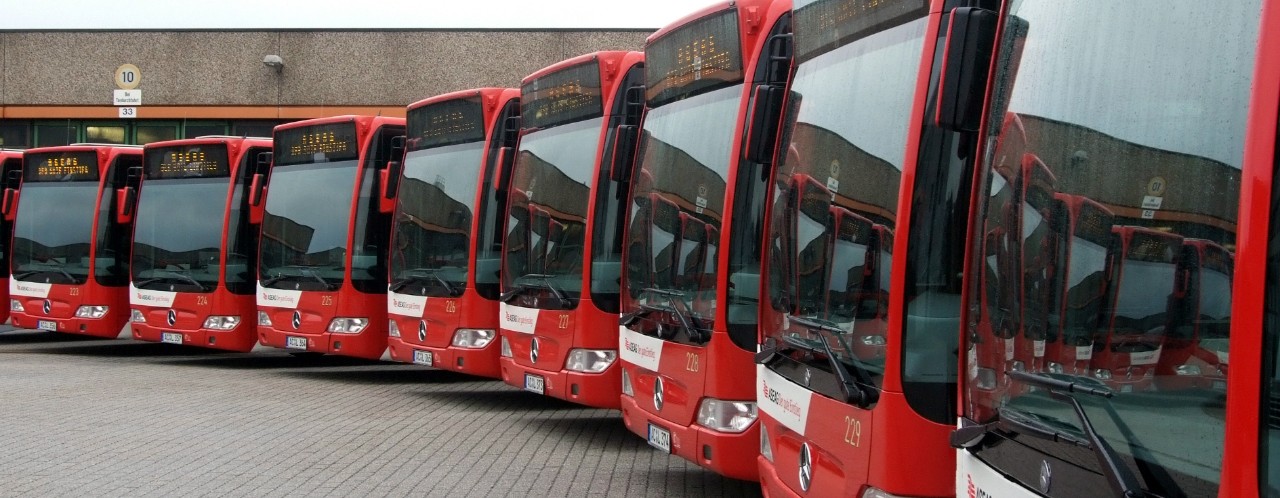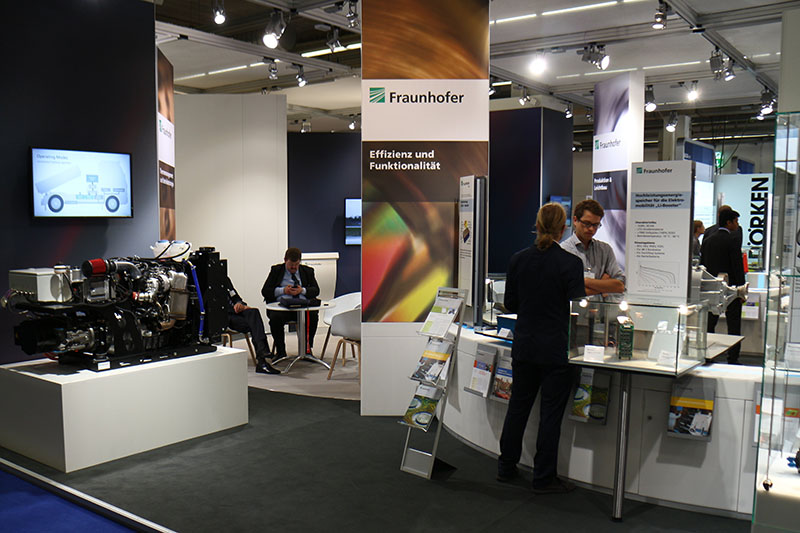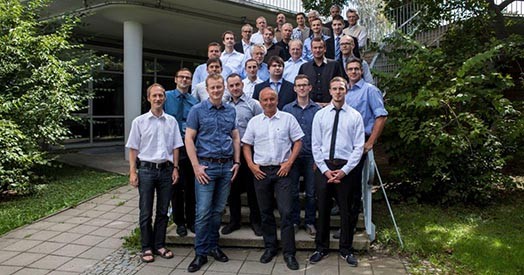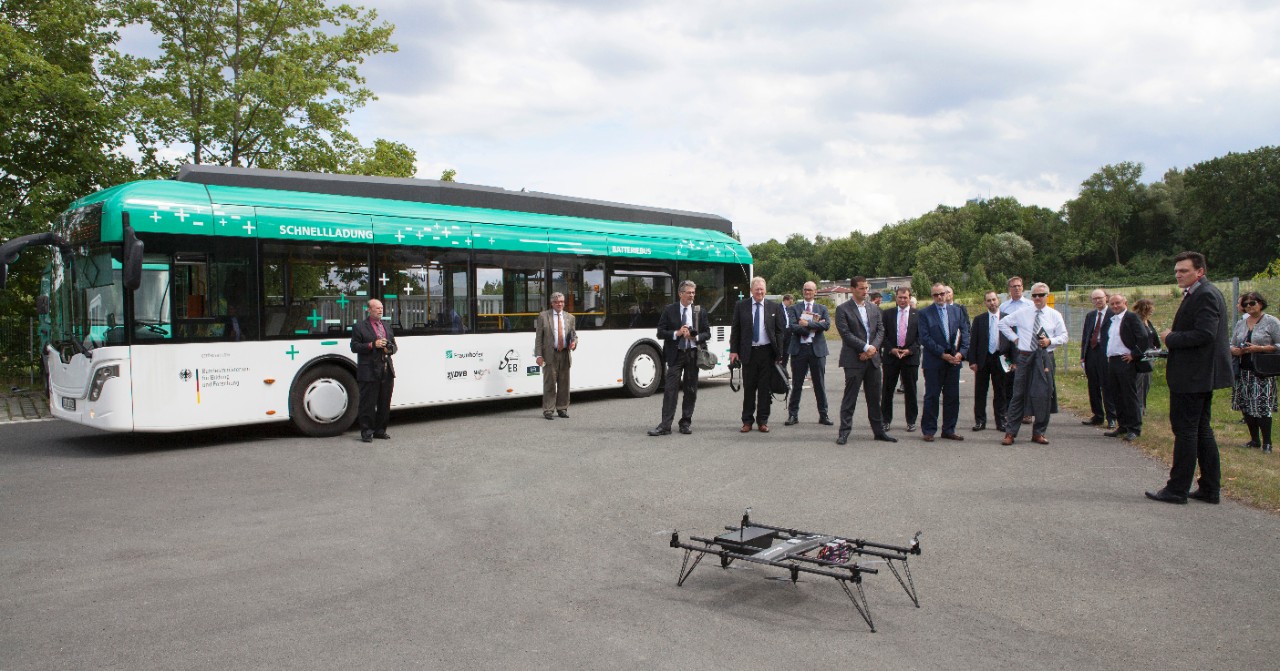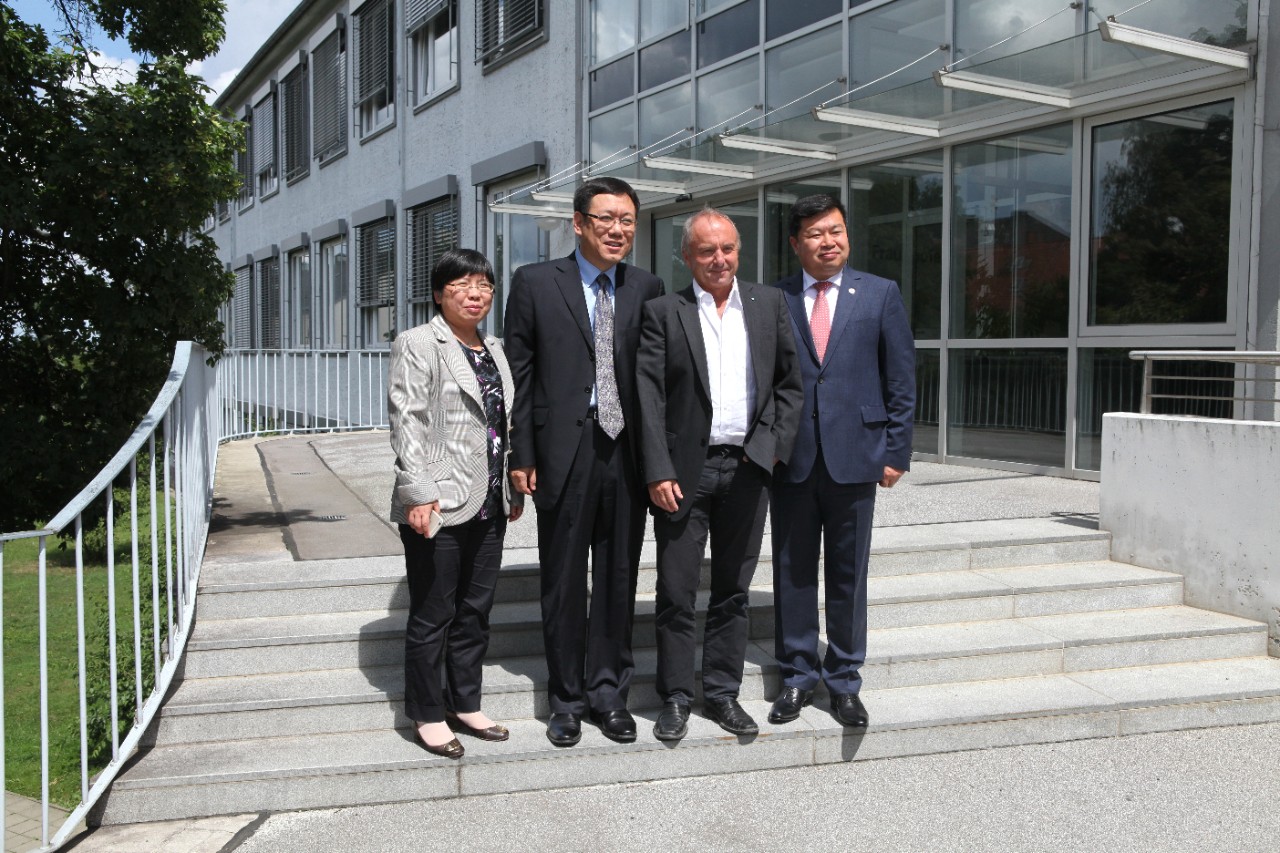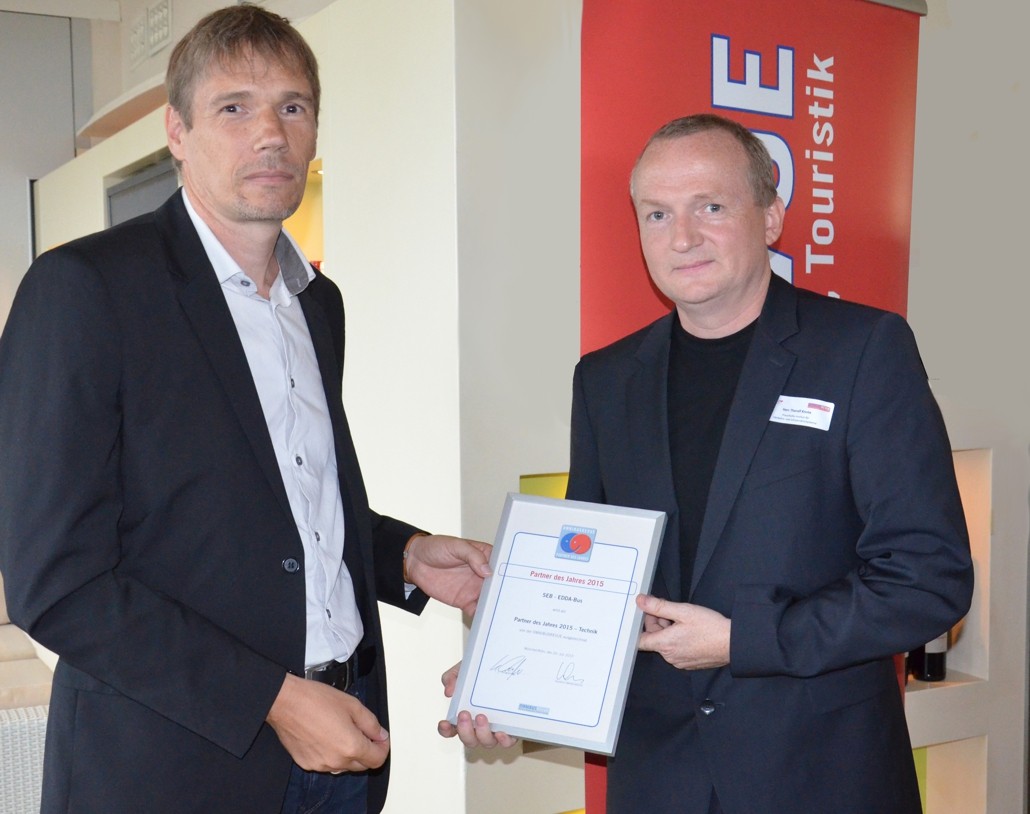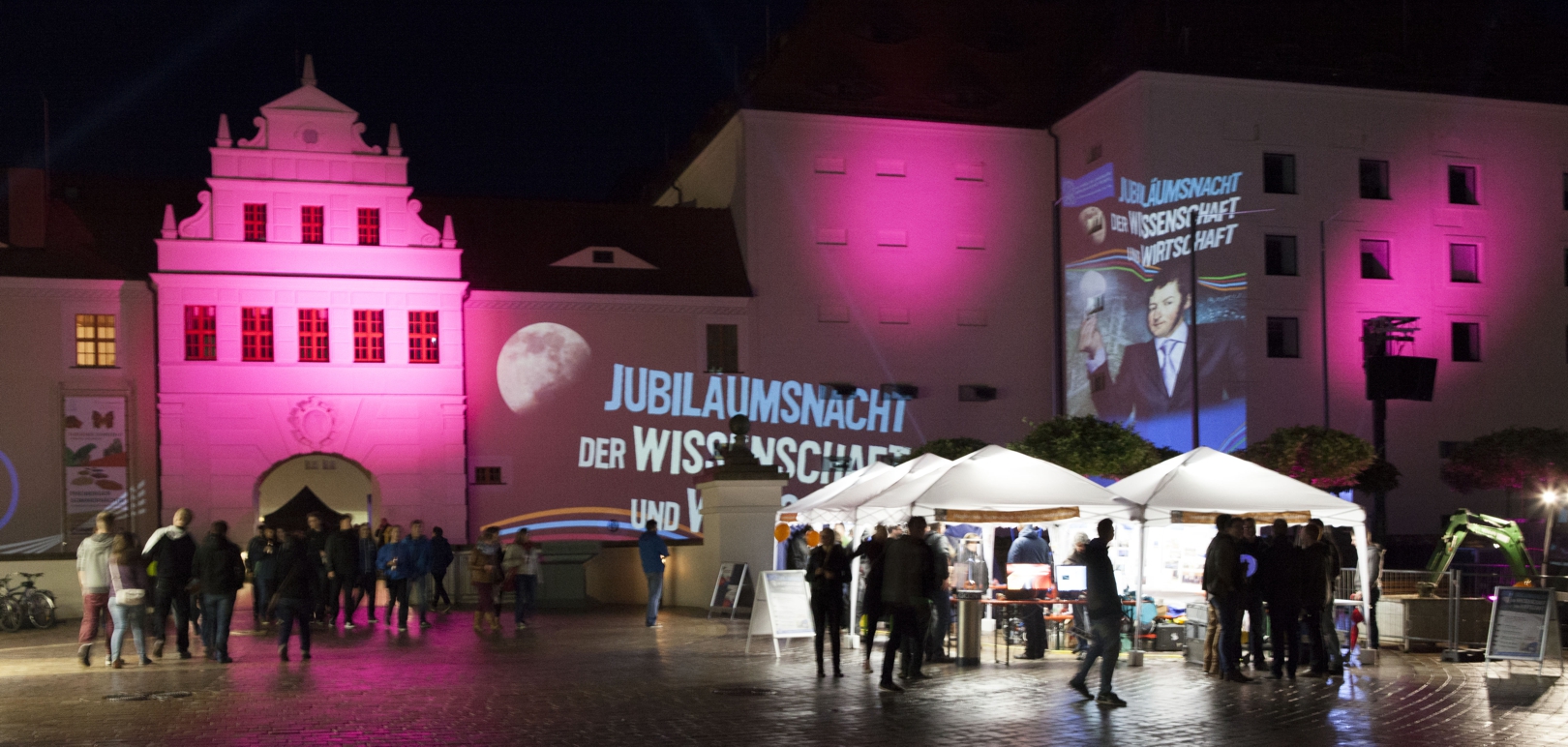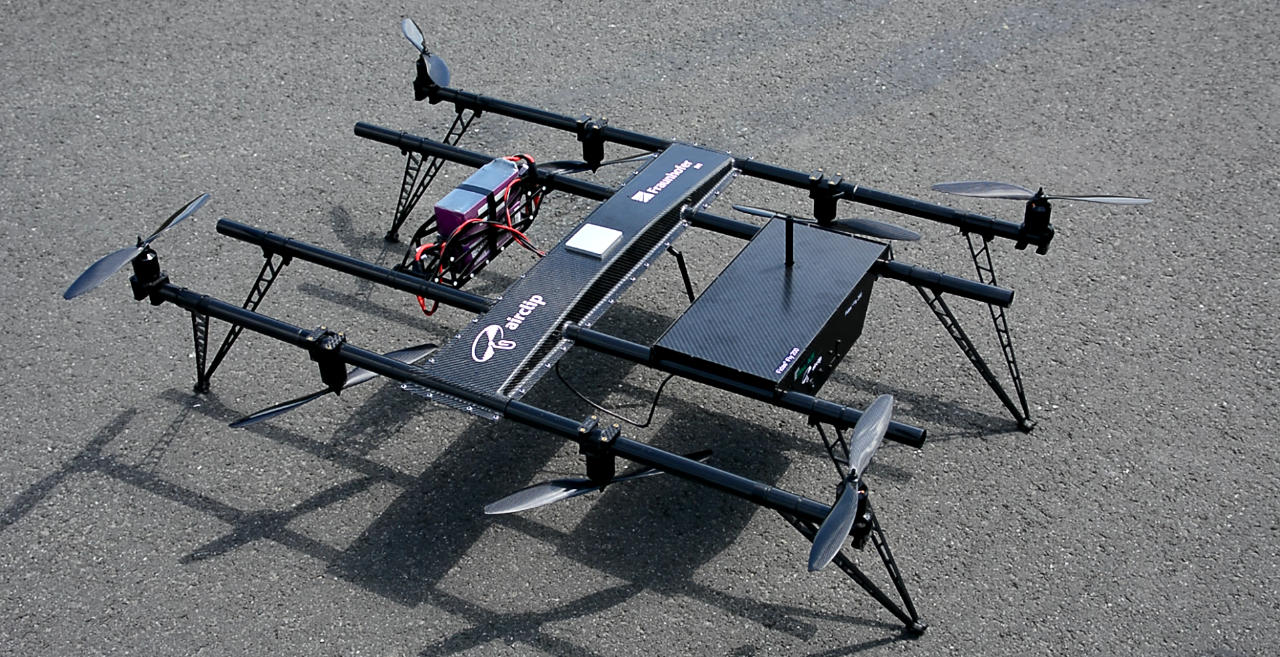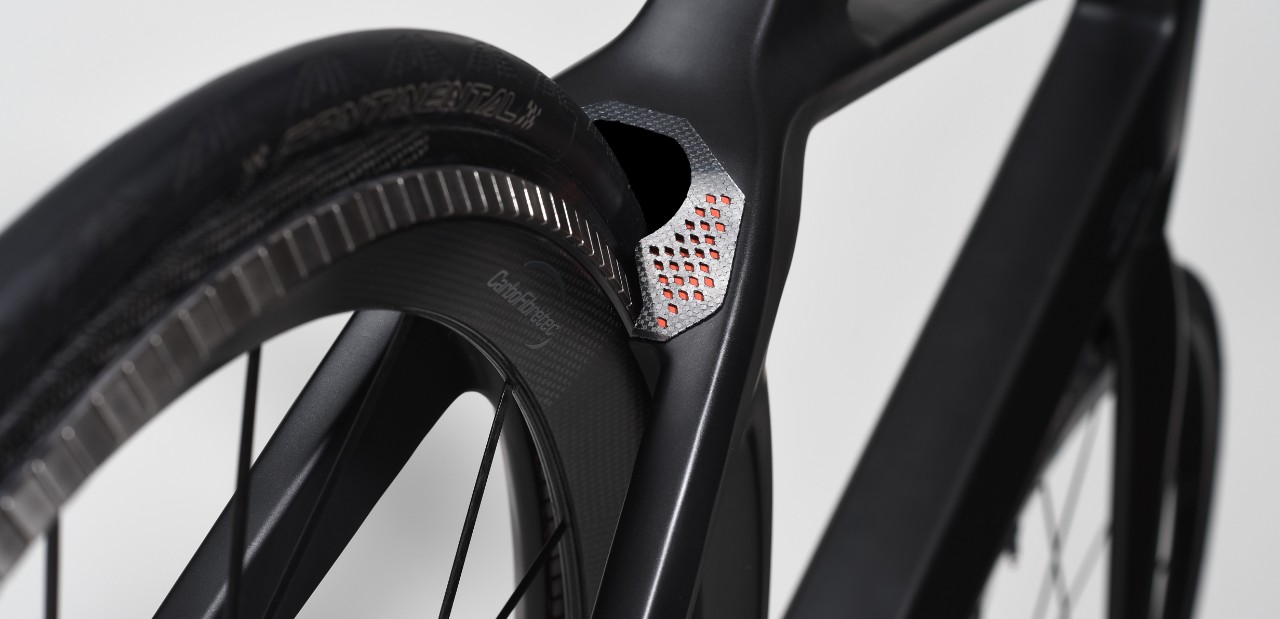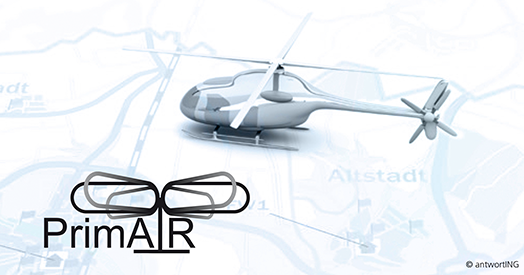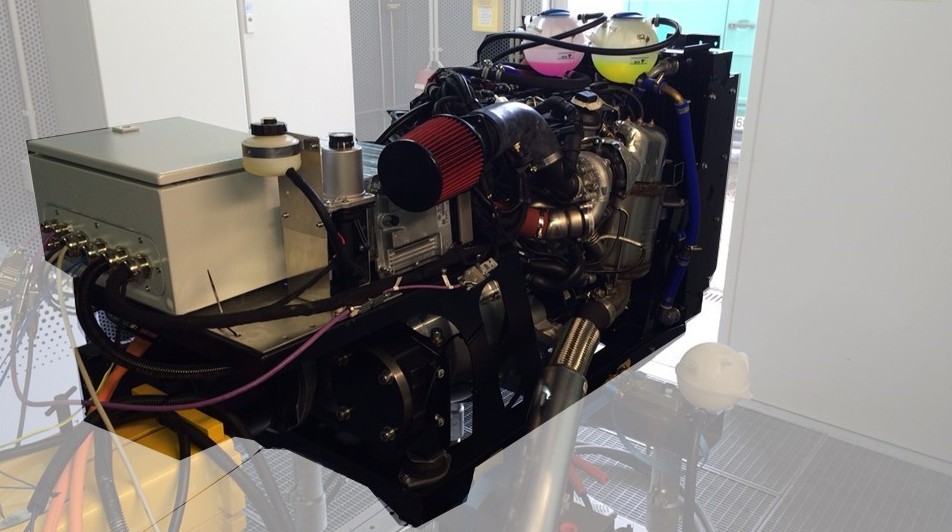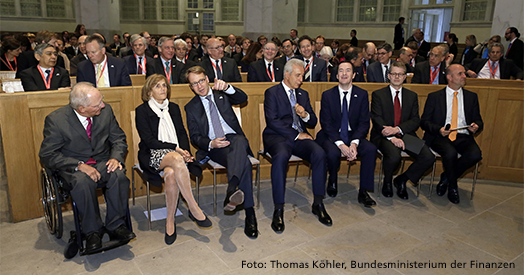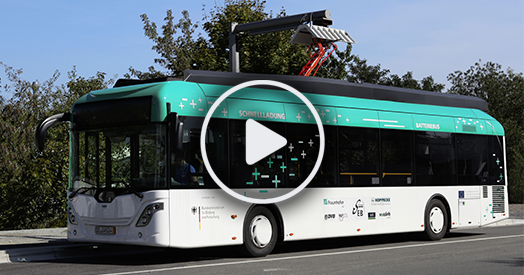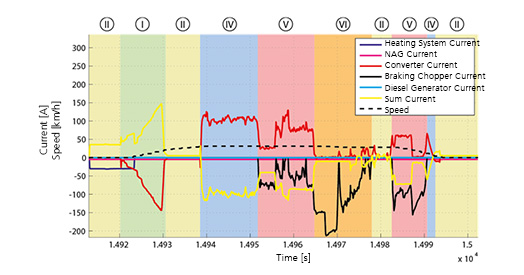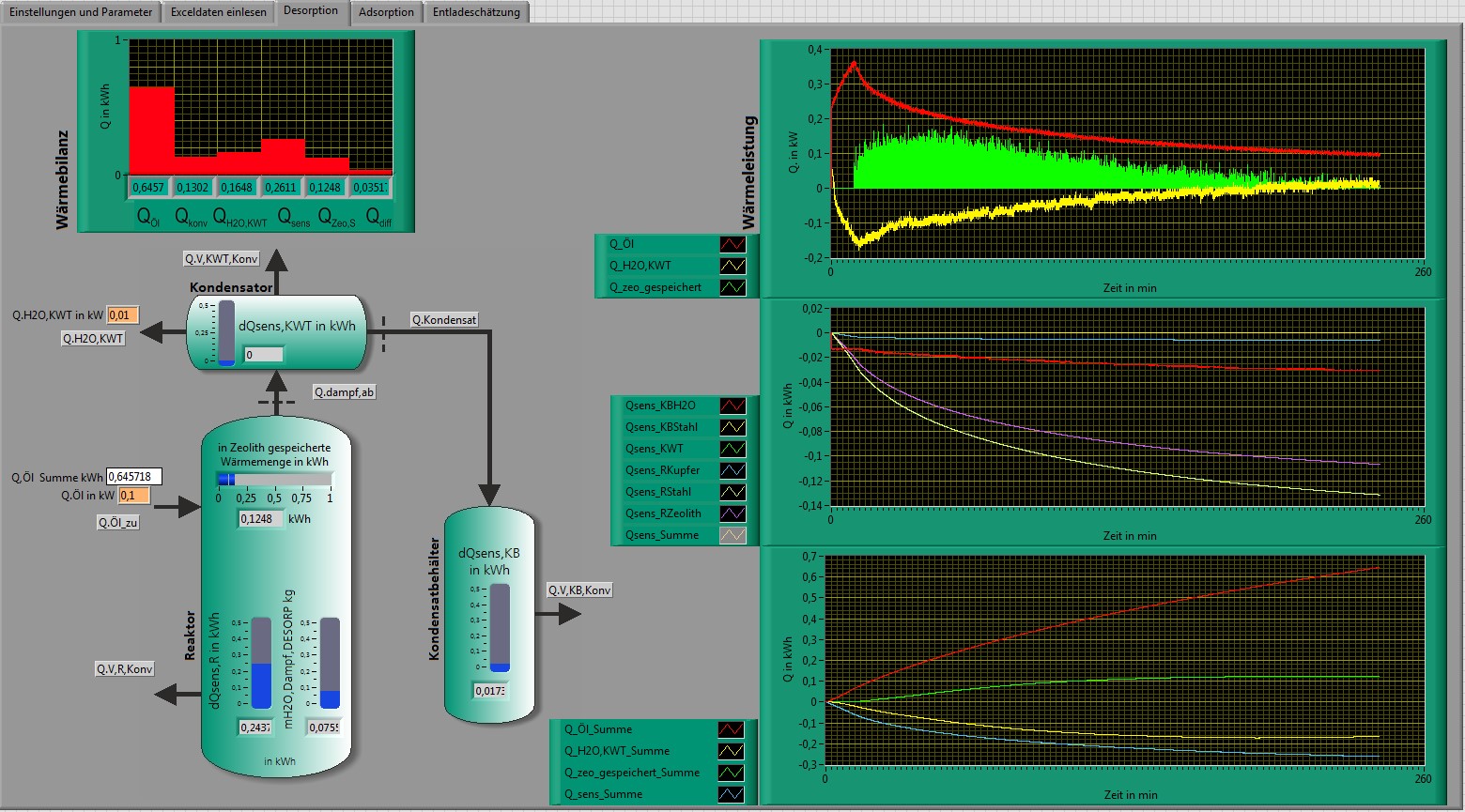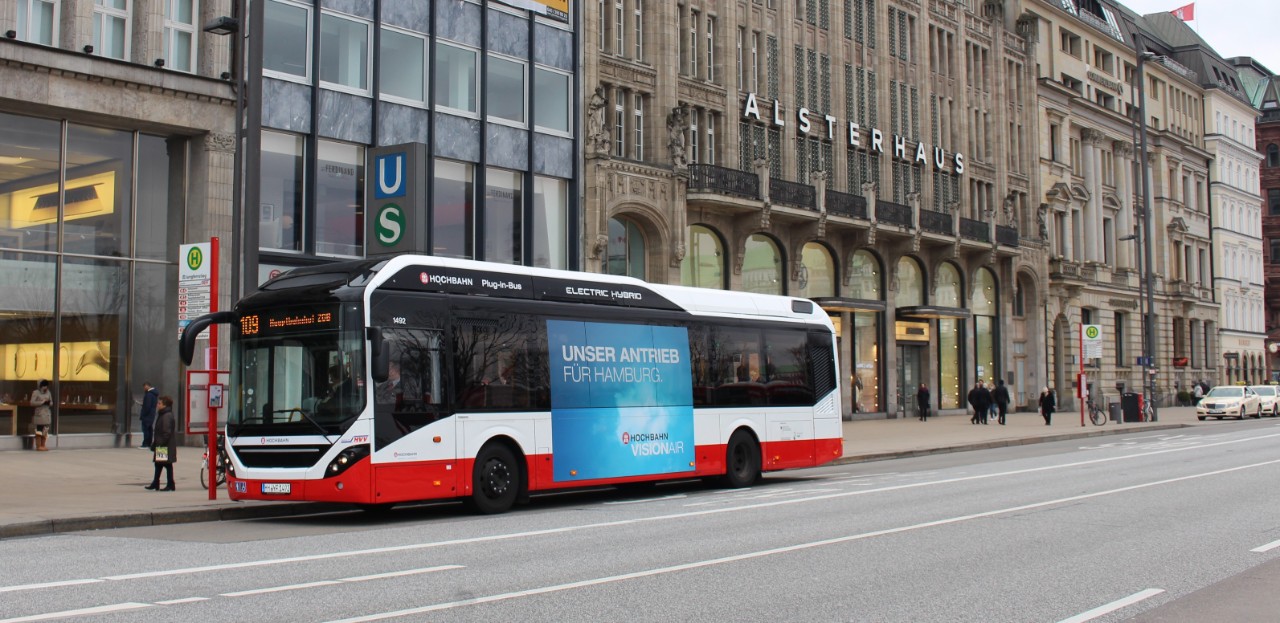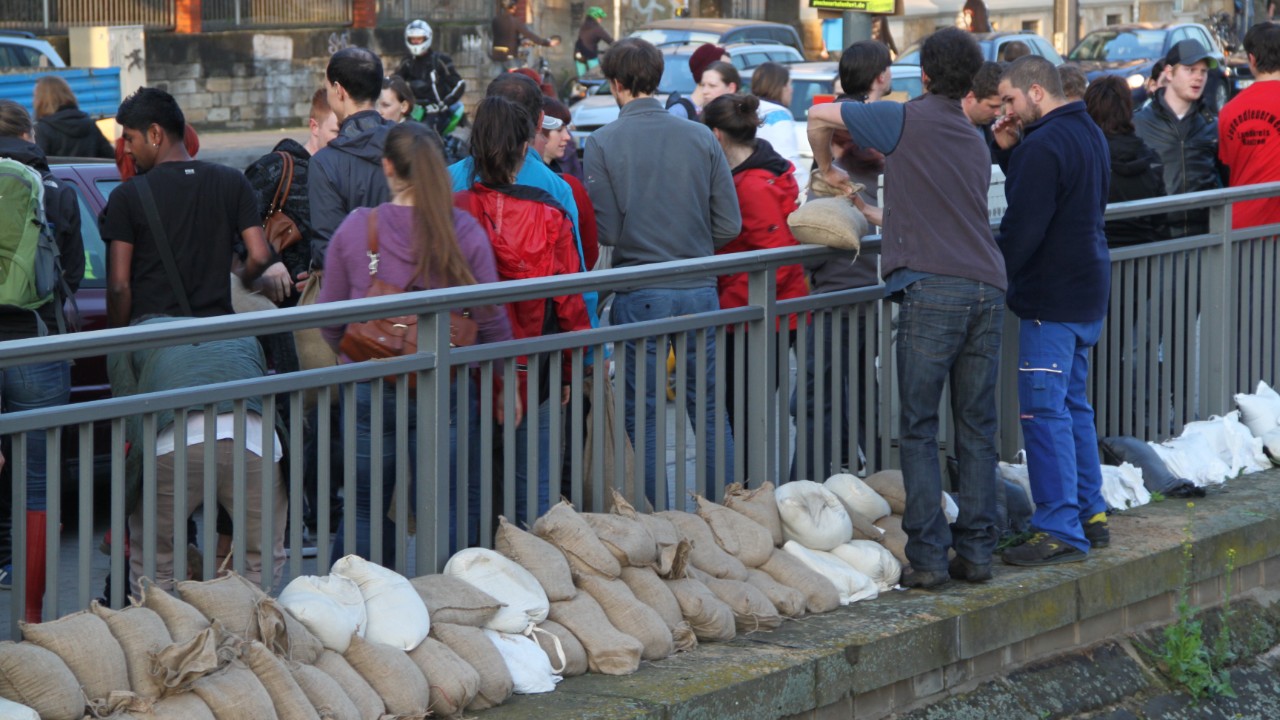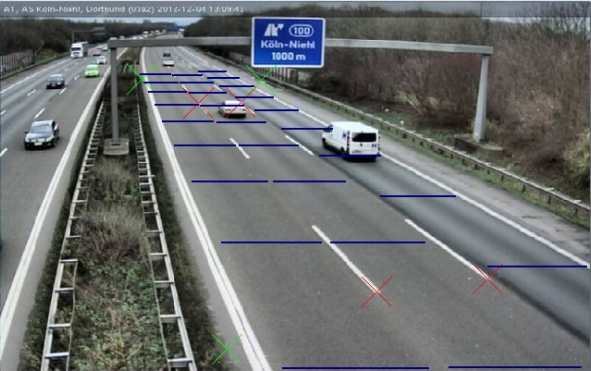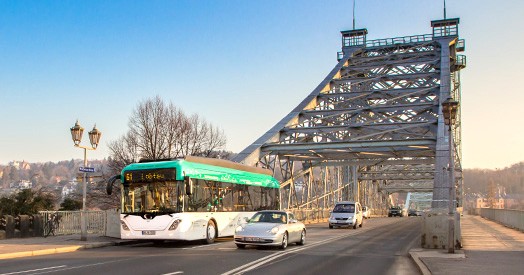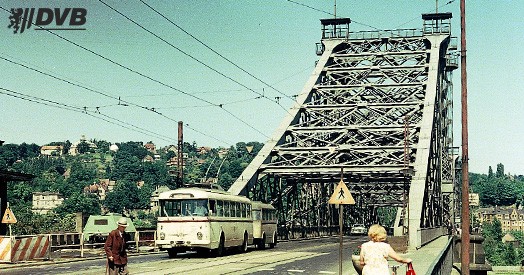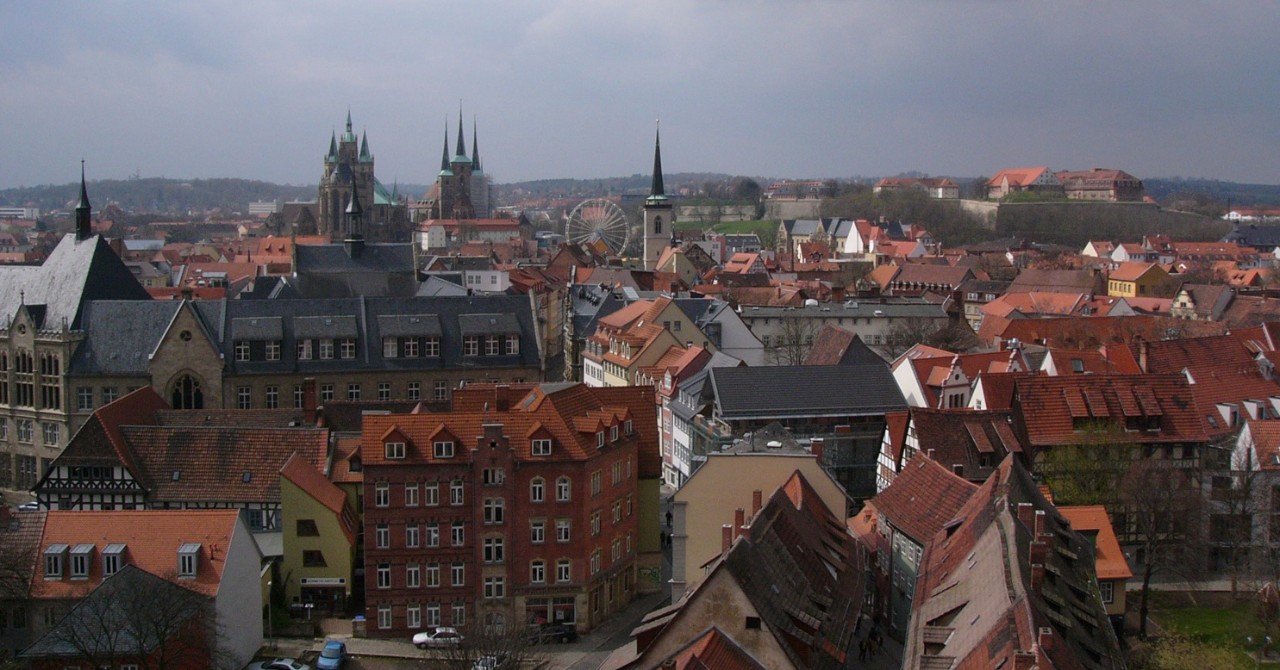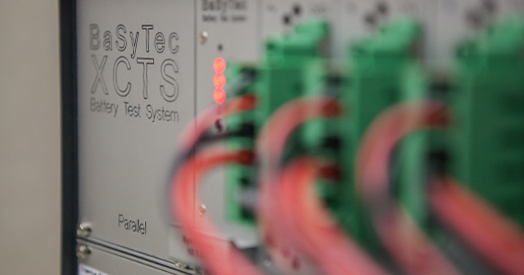The Fraunhofer IVI is involved in numerous new EU-funded projects that have been officially launched in the past weeks. Some of these projects are coordinated by the Fraunhofer IVI, in others the institute participates as partner.
The EU-CIRCLE research project officially launched in June 2015 aims to assess the resilience of interconnected and interdependent critical infrastructures to climate change. The project brings together 20 leading European research/academic institutions, governmental organisations, meteorological services, and industries and SMEs from the climatology and critical infrastructure protection domains in order to derive an innovative framework for supporting the interconnected European Infrastructure’s resilience to climate pressures.
On May 7th, the EU-funded IT2Rail and In2Rail projects will be officially launched in Brussels. They are two of the four flagship projects intended to establish the technical foundations for the Shift2Rail technology initiative of the European rail industry. While IT2Rail focuses on information, ticketing and booking services along transnational travel chains, the main topics of In2Rail are the design, technical construction and maintenance of railway infrastructures. The two projects will unite over 70 partners from industry, railway companies, and research organizations.
The Fraunhofer IVI researchers will contribute their know-how in the fields of information and ticketing services in public transport, infrastructure management and maintenance planning.
Another new European Union research and innovation project launched in May 2015 is TARGET (Training Augmented Reality Generalised Environment Toolkit). The project, bringing together the expertise of 16 organizations, will jointly deliver a pan-European serious gaming platform featuring new tools, techniques, and content for training and assessing skills and competencies of Security Critical Agents (SCAs), including counterterrorism units, border guards and first responders (police, firefighters, ambulance services, civil security agencies, and critical infrastructure operators).
As the second largest technological partner within the project, the Fraunhofer IVI is responsible for major parts of the overall system architecture development. In addition to this conceptual work, the institute will develop the actual core of the training system: the simulator. Moreover, the institute will carry out tasks of integrating components designed jointly by several project partners into the system.
Fraunhofer IVI is the Project Coordinator of INFRALERT (Linear Infrastructure Efficiency Improvement by Automated Learning and Optimised Predictive Maintenance Techniques), a three-year project that has officially started in the beginning of May. The main objective is to develop an expert-based information system to support and automate linear asset infrastructure management for infrastructure such as rail or road networks.
The condition of the land transport infrastructure highly influences the societal and economic competiveness of a region. While the demand for surface transport will significantly increase in the next years, a substantial rise in financial resources for enlarging and maintaining infrastructure networks is not in sight.
In order to still meet the increasing demands, INFRALERT aims at optimizing the performance of existing infrastructure.
The Fraunhofer IVI participates in five more EU projects that will start in the next few weeks.
